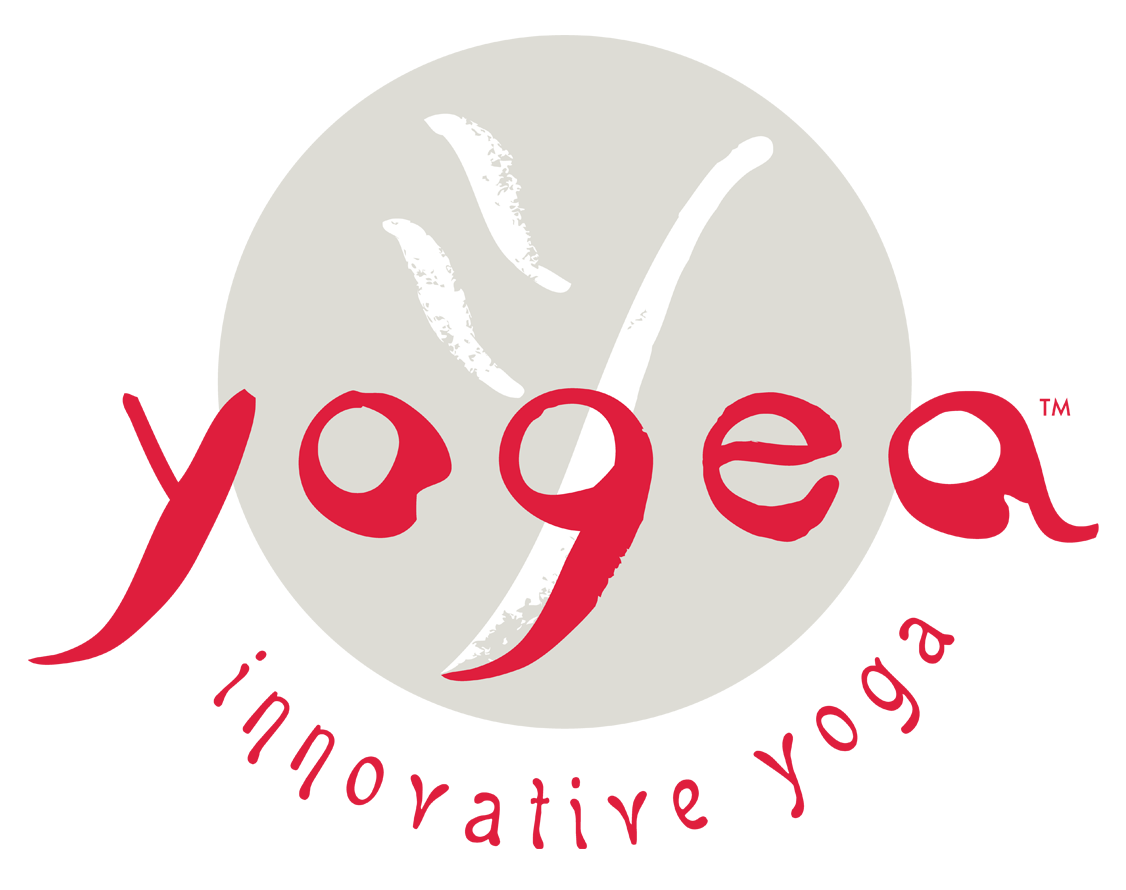Welcome to the Advanced Compound Poses of Yogea Asana Lab. This section features three poses – Happy Baby & Supta Upavishta Konasana (Reclining supine Cone Pose) that lead to Yogic Sleep Pose (Yoga Nidrasana).
The first pose “Happy Baby” is a wind-down favorite, and is usually practiced at the end of the class, when the hips need to open in a rocking fashion. It is essential to draw the knees down to the floor, while widening the sacrum and lengthening the tail bone and extending the spine by shooting energy from the crown of the head. In most people the tailbone would come off the floor, so the challenge is to seal the sacrum into the Earth while holding the soles of the feet with both hands and opening the hips so that the knees slowly begin to drop into the floor. This pose massages the lower back, neutralizes the entire spine, sooths the nervous system, and opens up the hip flexors before relaxation. In some cases the pose could be applied at the very beginning of class as a wake up massage for the hips and lower back. It widens the sacral base, and releases emotional blockages harboring in the hips while preparing the body for warm up or cool down.
The second pose “Reclining Supine Cone” requires prior stretching of the hamstrings so you can freely extend the legs out to the side in a “V” position, while dropping the tailbone down and potentially taking yogic toe lock with your middle and index fingers around both big toes. It is important to release the shoulders away from the ears to open the legs as far out and down, to keep the collarbone wide and sink the ribs gently in. This is a cooling pose that opens the hips, shoulders and hamstrings simultaneously. It elicits the parasympathetic nervous system response and heals hypertension. It also teaches one to allow the Earth’s support and to surrender to the flow.
The third pose “Yogic Sleep” is the culmination of the previous two. It is an advanced compound asana and requires prior standing and seated stretches of the hips, lunge-based binds to open the shoulders, deep squats and arm balances to strengthen the arms and open up the hip flexors abundantly, and a seated Kurmasana (tortoise) position to combine the intense binding, shoulder and hip opening action. This compound pose integrates the hip opening action of Happy Baby, with the hamstring and shoulder opening action of Supine Cone pose. It asks for a very deep creasing of the hip flexors, extension of the gluteus, an excessive shoulder opening bind and full spinal elongation. It is best attained from Happy Baby as you cradle from side to side to create more space for the arms while shimmying them under the knee creases. The last touch is bringing the tail bone down while widening the base so the spine reaches its full length. This pose should never be attempted without a warm-up and without committing to a daily advanced yoga practice. It provides a total inner massage of all glands, while releasing deeply seated emotions held in the hips, shoulders and knees. Because it is a full circle position it boosts all the bodily systems and contributes to overall health.
All three poses release toxic residue and tension from the hips, hamstrings and shoulders while cooling the body’s temperature and eliciting the relaxation response for peaceful rest.
Yogea Asana Lab is not a yoga routine and should be regarded solely as an educational platform to reinforce proper postural alignment and improve the quality of your practice. The approach is integrated as poses are grouped into different targeted categories. Each set of poses is demonstrated only on one side. The route of assuming poses and releasing through counter-poses is mapped clearly and slowly, allowing time for assimilation and grasping. The main objective is to guide you in and out of poses safely and smoothly, as well as to acquaint you with basic anatomical and energetic principles that weave the geometry of every asana. In turn, you will be able to perform the Yogea routines with clarity, precision and abandonment. As you follow the tips of proper alignment you will feel more stable, ready to deepen your practice and eager to transition gracefully from one stage to the next both on the mat and in life.

Leave a Reply